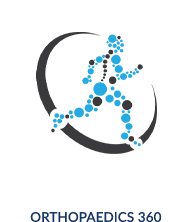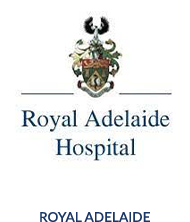What is Acromioclavicular (AC) Joint Arthritis?

The Acromioclavicular Joint is also known commonly as the AC Joint. Is is the part of the shoulder where the clavicle (collar bone) joins to the acromion (outer edge of the shoulder blade). At this joint the two bones are able to glide against each other, and helps the collarbone act as a strut to help the scapula (shoulder blade) achieve greater motion. The acromioclavicular joint is stabilised by ligaments above and below it – the superior and inferior acromioclavicular ligaments. There is also a cartilage disc between the bones that acts as a cushion.
How is Acromioclavicular (AC) Joint Arthritis caused?
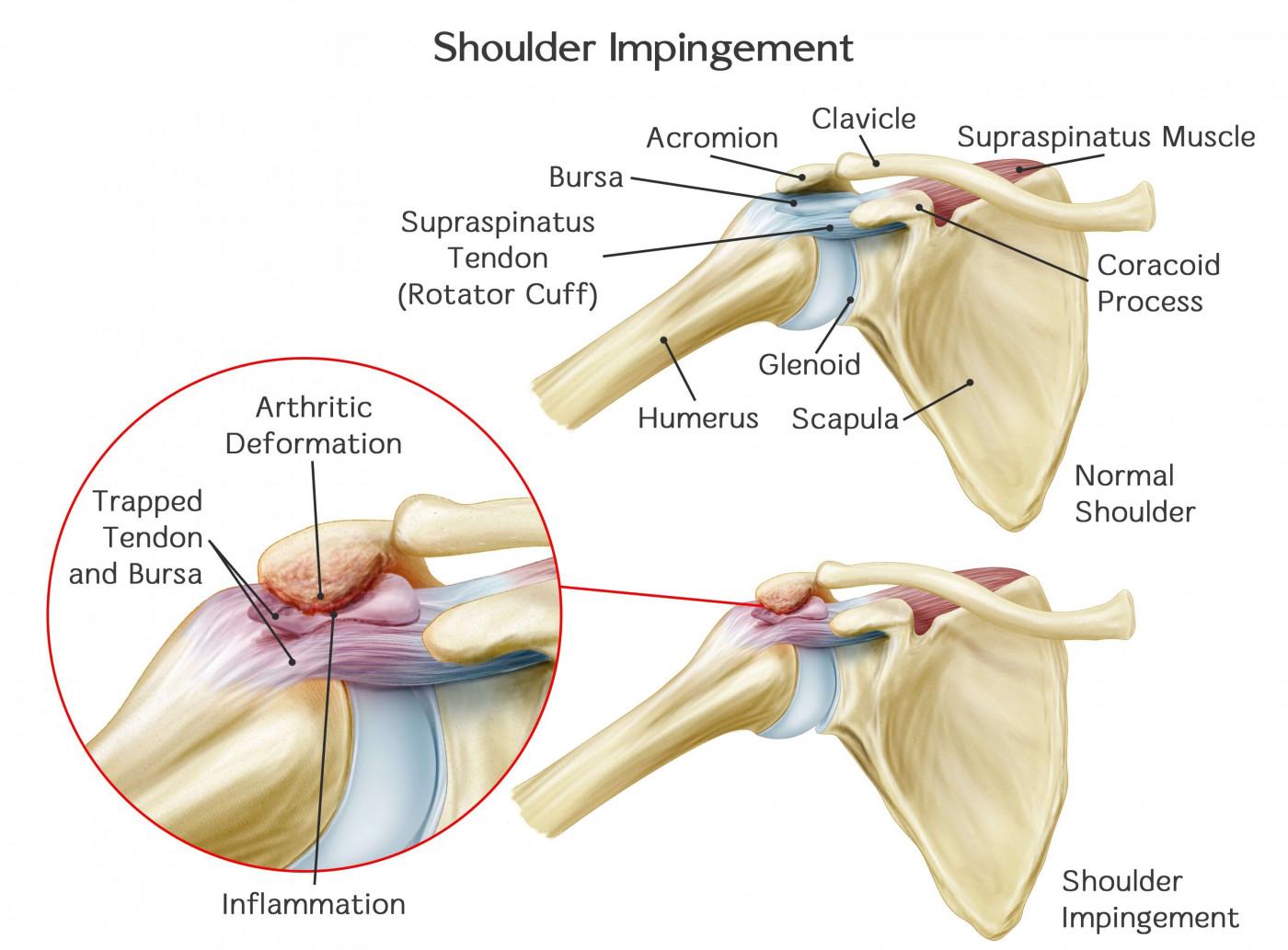
Arthritis at the acromioclavicular joint is usually a degenerative process, meaning that is caused by wear-and-tear over time and with repetitive stress on the joint. It may be accelerated by previous injury to the acromioclavicular joint such as from a dislocation or sprain. Occasionally, the acromioclavicular joint can become problematic in young athletes and gym-goers as a result of cyst formation in the outer end of the clavicle. This process is called ‘distal clavicle osteolysis’, and presents with similar symptoms as acromioclavicular joint arthritis.
What are the symptoms of Acromioclavicular (AC) Joint Arthritis?
Acromioclavicular joint arthritis can cause the following problems:
- Pain at the AC joint and at the front of the shoulder
- Pain and discomfort when bringing the arm above and across the body
- Problems with overhead activities and lifting
- Problems sleeping on your side
How is Acromioclavicular (AC) Joint Arthritis diagnosed?
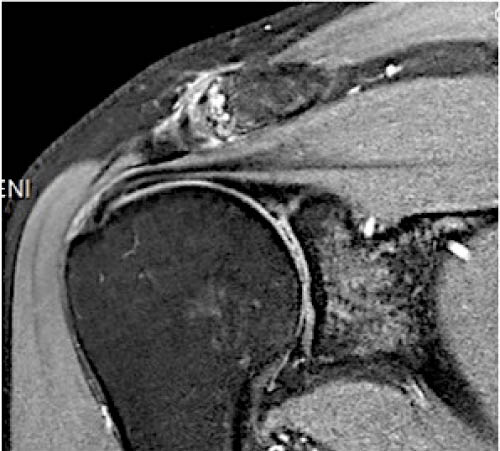
In addition to a careful clinical examination where the shoulder and acromioclavicular joint are tested, the following tests are useful:
- X-ray of the shoulder – demonstrates arthritis and bone spurs
- MRI – the gold standard in imaging to show in detail the cartilage at the ACJ, and any associated bursitis and damage to the rotator cuff tendons
How is Acromioclavicular (AC) Joint Arthritis treated?
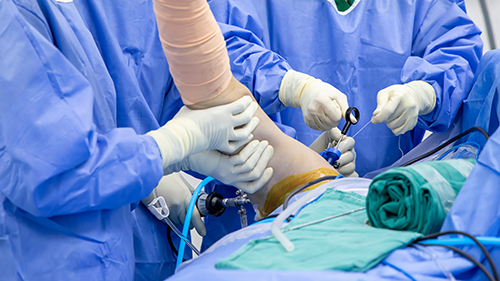
Most patients will be candidates for a prescribed trial of physiotherapy in order to improve range of motion and function. An injection of steroid to the AC joint can also help relieve pain as well as help pinpoint the cause of your shoulder pain.
If non-operative treatment is unsuccessful, then surgery may be recommended to excise the acromioclavicular joint in a keyhole procedure known as ‘distal clavicle excision’.
Click the link below to find out more about Distal Clavicle Excision.
My goals as a surgeon are to relieve your pain, restore your function, and return you back to doing what you love.
– Dr Raymond Yu
- Adelaide Orthopaedic Surgeon
- Adelaide Shoulder Surgeon
About
Dr Raymond Yu
Dr Raymond Yu is an Adelaide Orthopaedic Surgeon with post-Fellowship expertise in Shoulder and Elbow Surgery.
He specialises in orthopaedic surgery of the Shoulder and Upper Limb with a focus on modern keyhole and minimally-invasive techniques.
Dr Yu has a special passion for:
- Rotator cuff repair surgery
- Shoulder replacement surgery
- Shoulder stabilisation surgery
Dr Yu practices at


